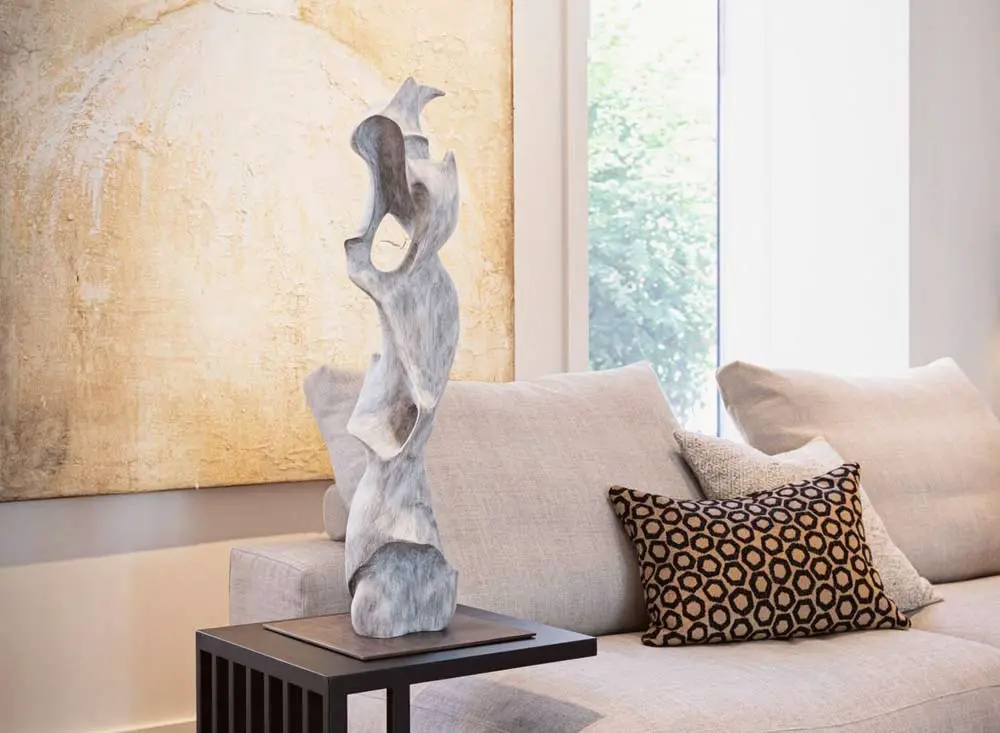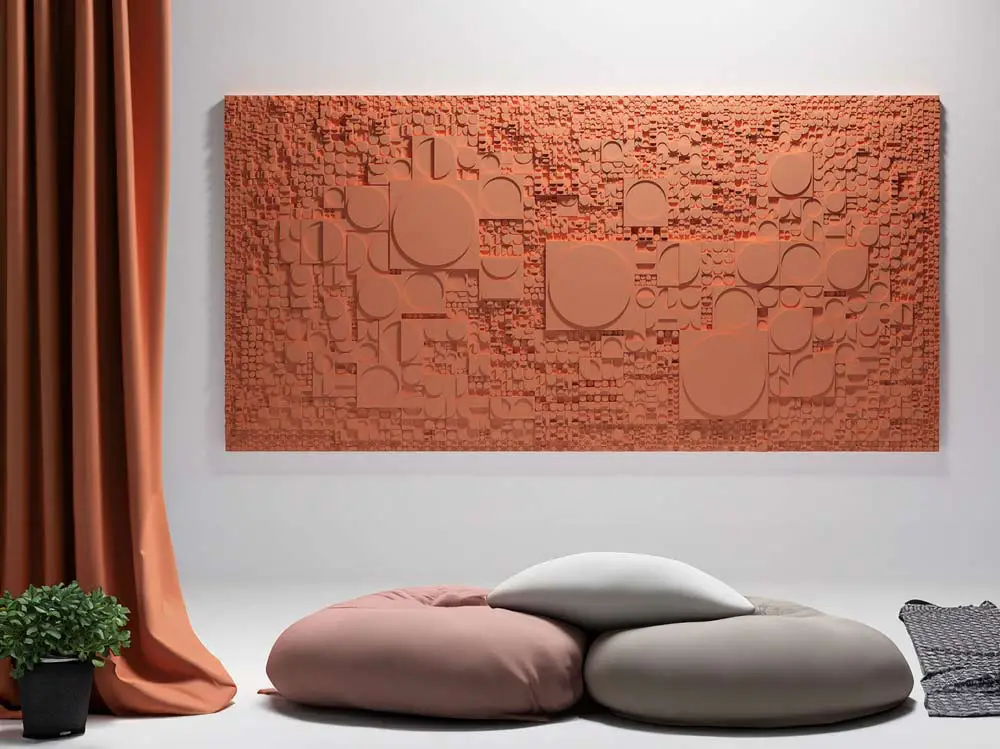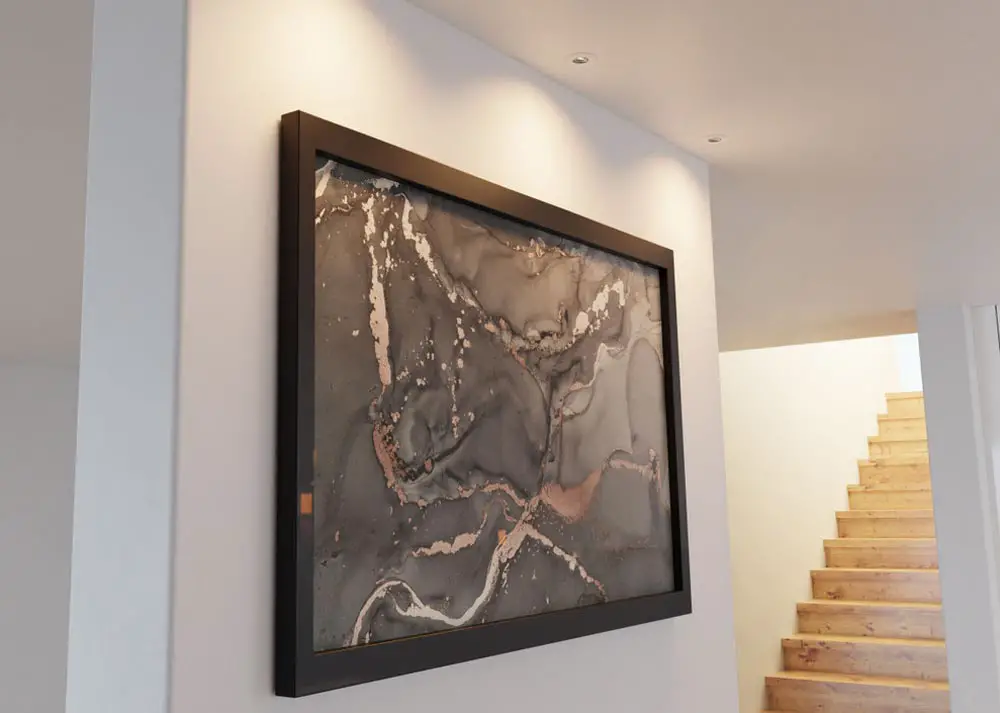Selecting and installing art pieces can transform a space, adding personality, style, and a focal point to any room. Whether you are a seasoned art collector or a novice looking to enhance your living space, understanding the basics can make the process enjoyable and successful. Here are some key points to consider when choosing and installing art pieces.
Understanding Your Space
Before you start selecting art, take a good look at the space where you plan to install it. Consider the size of the room, the height of the ceilings, and the existing decor. Large, open spaces can accommodate bigger pieces, while smaller rooms might benefit from more modestly sized art. Think about the wall space available and avoid overcrowding it. Measure the area where you want to hang the art to ensure you choose pieces that fit proportionally.
Defining Your Style

Image credit: dreamdesign.co.uk
Art is a personal expression, so it's essential to choose pieces that resonate with your style and taste. Reflect on what type of art appeals to you—abstract, modern, classic, or something entirely different. Browse art galleries, online platforms, and exhibitions to get a sense of what you like. Keep in mind the colour scheme and overall aesthetic of your home to ensure that the art complements rather than clashes with your decor.
Setting a Budget
Art can vary significantly in price, from affordable prints to expensive original pieces. Determine your budget before you start shopping. Remember that you don’t need to spend a fortune to find beautiful and meaningful art. Many emerging artists offer original works at reasonable prices. Additionally, prints and reproductions can be a cost-effective way to enjoy art.
Researching Artists and Artworks
Once you have a sense of what you like and your budget, start researching artists and specific artworks. Learning about the artist’s background, style, and the meaning behind their work can deepen your appreciation and connection to the piece. Read reviews, visit artist websites, and if possible, view the artwork in person before making a purchase.
Considering the Medium

Image credit: autanaart.com
Art comes in various mediums, each with its unique characteristics and appeal. Paintings, photographs, sculptures, and mixed media are some of the most common forms. Think about the texture, depth, and impact of different mediums in your space. For instance, a large, vibrant painting can be a stunning focal point in a living room, while a delicate photograph might add a subtle touch to a bedroom.
Planning the Layout
Once you have your art pieces, plan the layout before you start hammering nails into the wall. Lay the pieces out on the floor or use paper templates to visualise the arrangement. Consider the height at which you will hang the art. Generally, artwork should be hung at eye level, which is about 150 centimetres from the floor to the centre of the piece. If you are creating a gallery wall, start with the largest piece and build around it, ensuring a balanced and cohesive look.
Hanging and Installation
Proper installation is crucial to showcase your art effectively. Use the right hardware for the type and weight of the piece. For heavier artworks, ensure you anchor them into the wall studs or use appropriate wall anchors. Picture hanging kits, available at most hardware stores, can simplify the process. Use a level to ensure your art hangs straight, and consider using a measuring tape to maintain consistent spacing between pieces. Investing in high-quality safety steps and ladders can help ensure you're safer when hanging pieces higher up or in difficult-to-reach places.
Lighting Your Art

Image credit: arrowelectricals.co.uk
Lighting plays a significant role in how art is perceived. Proper lighting can enhance the colours, details, and overall impact of a piece. Natural light is ideal, but be mindful of direct sunlight, which can fade and damage art over time. For artificial lighting, consider track lighting or picture lights that can be adjusted to highlight specific pieces. LED lights are a good option as they produce minimal heat and are energy-efficient.
Rotating Your Collection
If you have a growing art collection, consider rotating your pieces periodically. This keeps your space feeling fresh and allows you to enjoy different artworks over time. Seasonal changes, new acquisitions, or simply a desire for a new look can prompt you to switch things up. Ensure that when storing and protecting pieces of art, they are kept in a dry, cool place away from direct sunlight and potential damage.
Seeking Professional Help
If you find the process overwhelming or have valuable pieces that require special care, don’t hesitate to seek professional help. Art consultants, interior designers, and professional installers can provide valuable advice and services to ensure your art is displayed to its best advantage. They can help with everything from choosing pieces that fit your style and space to expertly installing and lighting them.
My Final Thoughts
As far as I'm concerned art should bring joy and inspiration to your space. I suggest that you take the time to appreciate and engage with the pieces you choose. Whether it’s a striking painting that draws compliments from guests or a serene photograph that brings you peace, your art should reflect your personality and enhance your living environment.
Enjoy the process of curating and installing your collection, and take pride in the unique touch it adds to your home.



 Author: Matthew Chiappini
Author: Matthew Chiappini